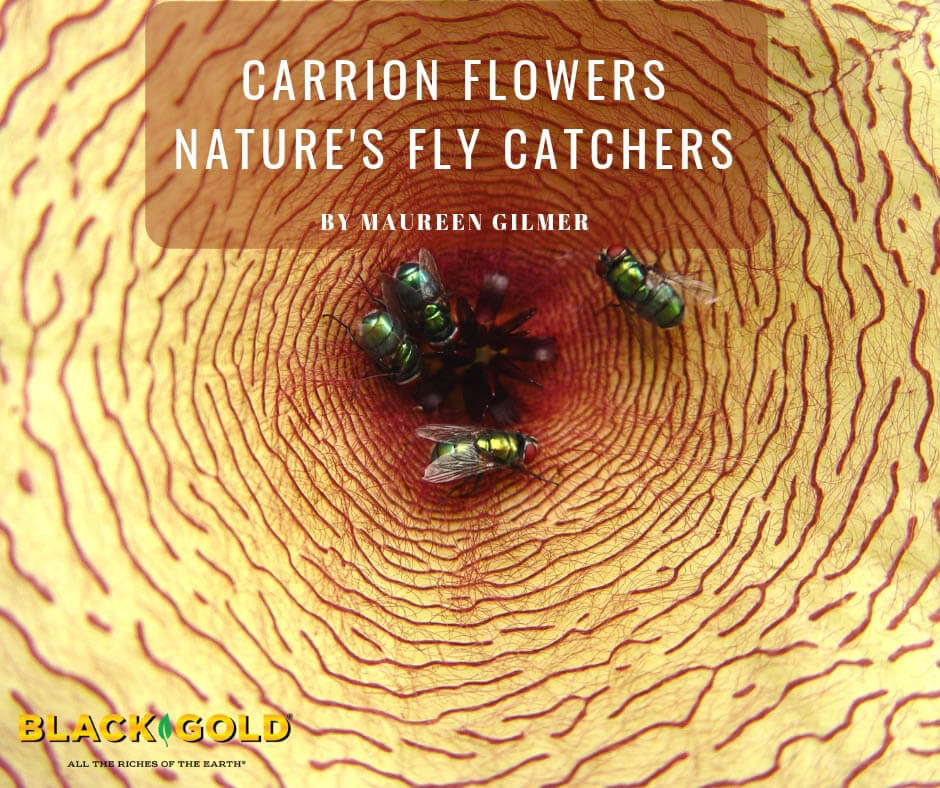Just imagine if you could grow a drought-tolerant plant that may actually reduce fly populations. One group of South African succulents, carrion flowers (Stapelia spp.), does just that. Unique carrion flowers have evolved very exotic starfish-like blossoms that kill the most ubiquitous insect in Africa: the fly. But death does not come until these insects have first pollinated the blooms. Prey are always prevalent and active, keeping these curious succulent flowers well pollinated.
Carrion Flower Fly Catching
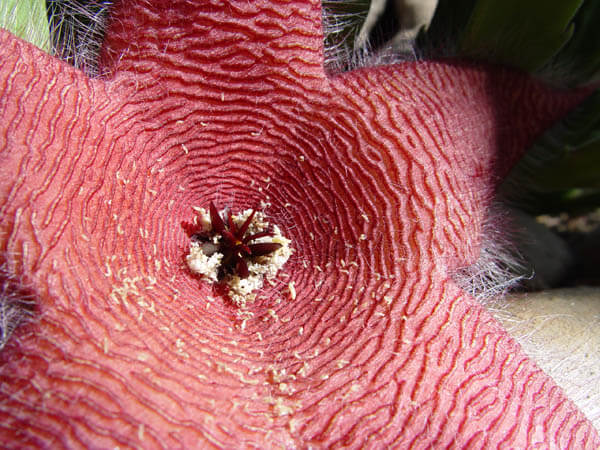
So just how do they kill flies? Let’s look at Stapelia gigantea, which thrives in the high heat and low humidity of the desert. When flies peak in late summer, it comes into bloom with buds like pointed balloons and unique leathery blossoms that actually look like starfish road kill. The largest can be dinner-plate-sized. Some are creamy yellow (puss colored) with hairs while others have smaller flowers that are the color of red meat (these are more commonly available to gardeners). Both share the fetid odor of rotten meat and death that originates at the center of the flower where flies of all types may be found vying for a place to reproduce.
Such activity ensures flower pollination and fly death. Convinced there will be plenty of carrion for their larvae to thrive, female flies lay their eggs beneath the central pistil, where the scent is strongest. But when the larvae hatch out, they have no food and quickly starve to death. Over the life of each flower, hundreds of flies will leave their progeny, the accumulating corpses highly visible to the naked eye. Growing lots of them around the chicken coop or dog run may prove to be helpful biological fly control where it’s too dry for other options. Where it’s cold, grow carrion flowers in pots to move indoors before frost and bring out for the summer.
Caring for Carrion Flowers
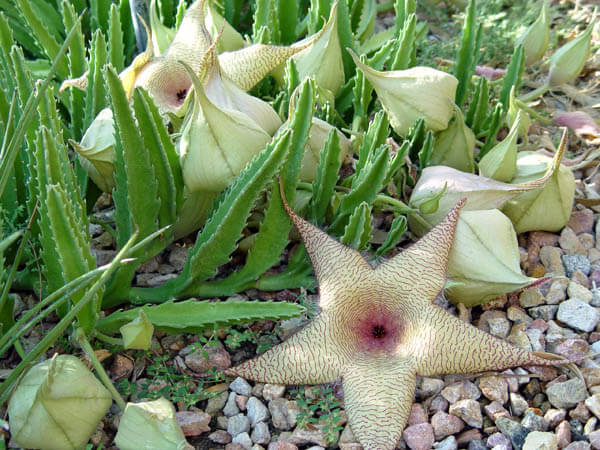
In general, carrion flowers like dry heat. Wait until they show wilt before watering, unless they are growing in a very fast-draining pot. Beware watering at all in humid heat, during rain, or under any conditions that don’t allow pots to dry quickly. Moisture trapped inside pots is what usually kills them. That’s why they do very well in low wide pots with large or multiple drainage holes. This provides room for them to grow and spread. Ensure superior drainage by planting them in pure Black Gold Cactus Mix.
Carrion flowers bloom on new growth. If you keep them actively growing through summer, and don’t trim, they will bloom far more prolifically. Once blooming season ends, cease watering through the winter.
Propagating Carrion Flowers
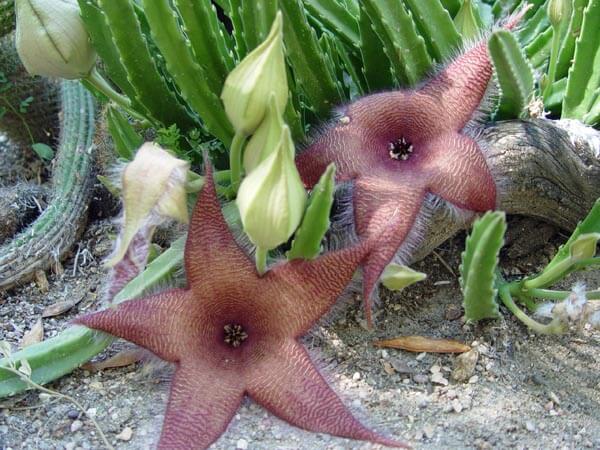
Experience proves carrion flowers ask for different means of propagation than other succulents. After they flower is the best time to take cuttings. Take cuttings at the natural joints. (I like to let them break cleanly at the weakest point.) Don’t sever a stem or cut it in parts as open wounds invite fungal exposure and potential rot.
Stapelia cuttings are highly vulnerable to fungi in the soil, so burial is not advisable. Instead, lay a cutting down onto damp Black Gold Cactus Mix, and snug it into place. Do not cut the stem or cover any part of it because that’s what kills cuttings.
Set the pot in a warm, dry place with bright shade, and roots will quickly form during the fall. Check occasionally for signs of rooting all along the bottom, then transplant once they are deep enough to support the cutting.
Buying Carrion Flowers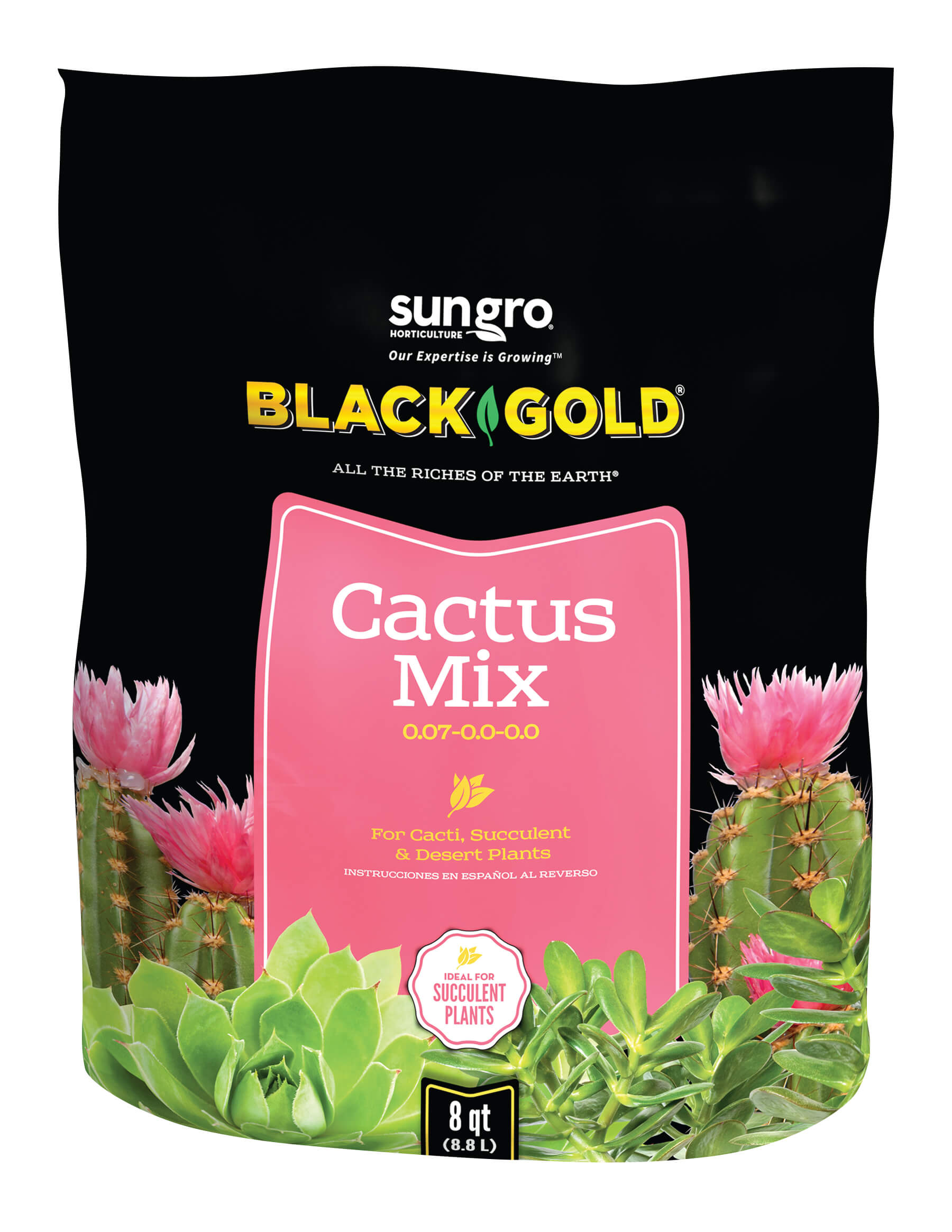
You can buy carrions online, but many succulent growers include them in small flats of inexpensive mixed plants. Once you learn to spot them, buy them up. They are great fun to experiment with; each is a surprise when it blooms.
Let carrion flowers remind us that flies are pollinators, too. Curious floral adaptations for fly attraction can become useful, if we collect and cultivate these maggot tricksters.


